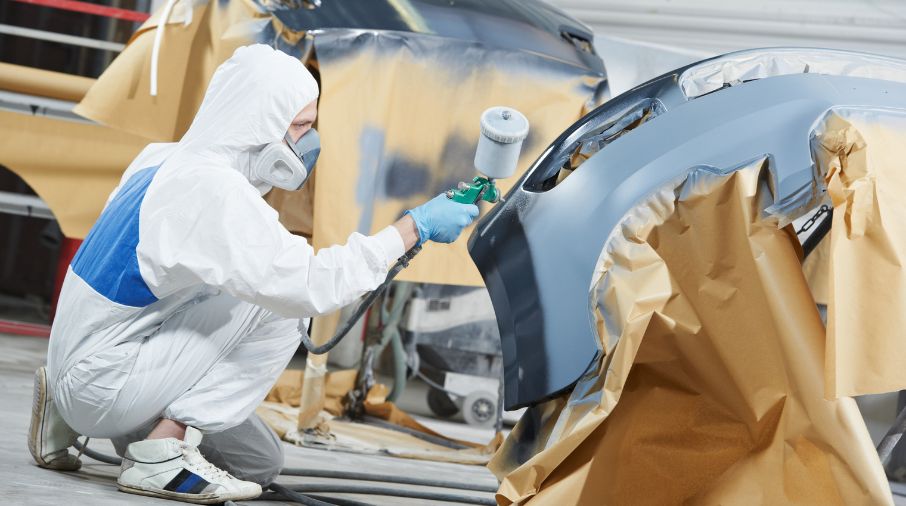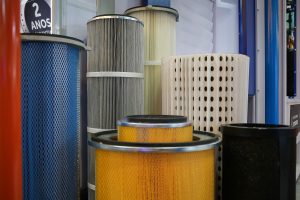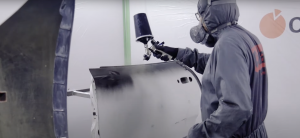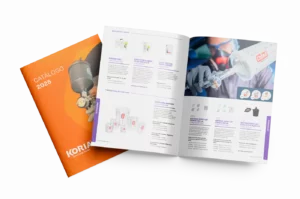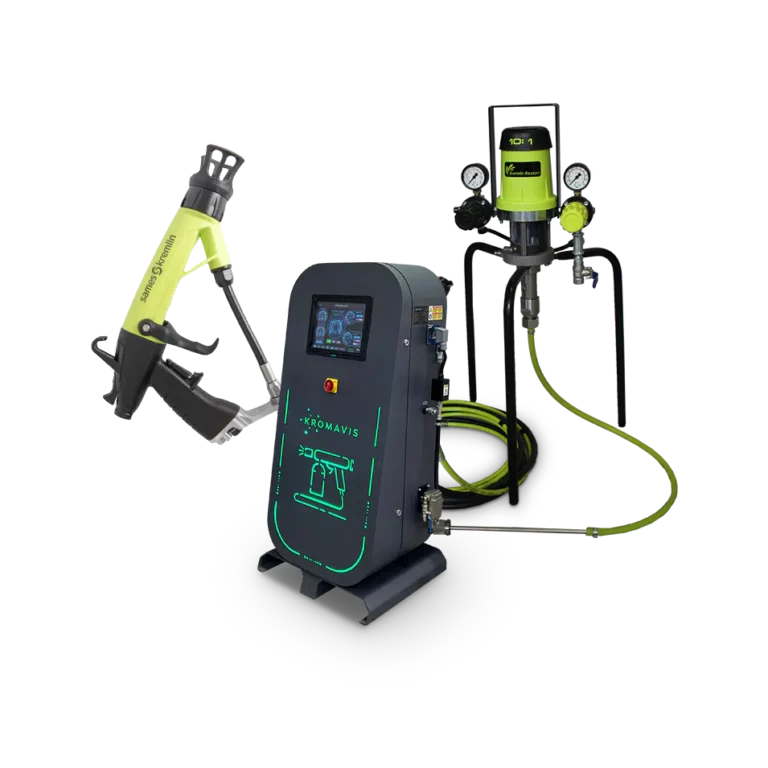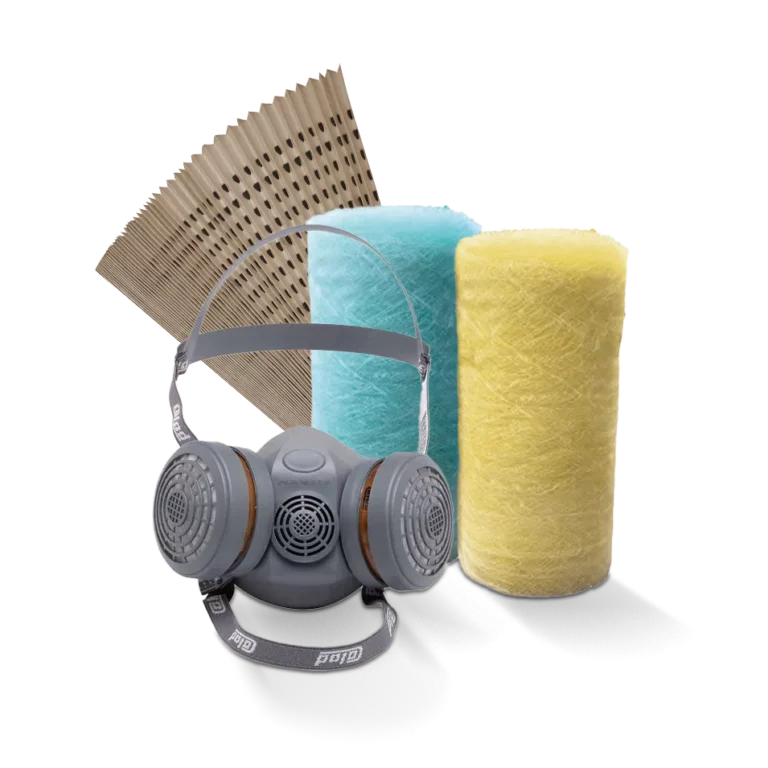Many vehicle owners are no longer content with their vehicles' ordinary appearance and seek a unique and striking look, transforming their cars into true works of art on wheels. One of the main drivers of this change is the use of special automotive paints.
Special paints differ from conventional paints because they contain pigments that transform the essence of automotive paint, making a vehicle unique and with distinct visual effects that set it apart from other models on the market.
Below we will talk in more detail about the main ways to use special paints on your vehicle (pearlescent, chrome and matte), what are the main factors when choosing a special paint and what special care is necessary to keep this type of paint preserved for longer.
What are specialty paints?
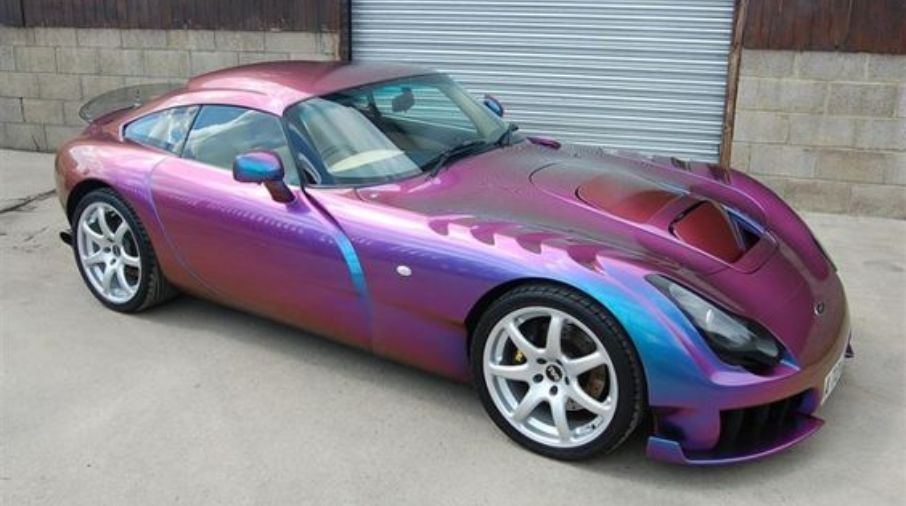
Specialty paints are those that differ from traditional paints through their components, visual effects, and even application processes. Thus, they are developed to offer distinctive and sophisticated finishes that, in most cases, cannot be achieved with conventional automotive paints.
Differences between special paints and traditional paints
The first difference between specialty and traditional paints is their composition. While traditional paints contain simple pigments and basic resins, which provide solid colors and simple glossy or metallic finishes, specialty paints are characterized by more complex pigmentation—such as metallic or pearlescent particles, or additives that alter the behavior of light on the painted surface. They may also contain high-performance resins for matte or chrome effects.
Another difference lies in the visual effects, as conventional paints provide a smooth, uniform finish with a standard sheen or simple metallic effect. Specialty paints offer unique finishes, such as the mirrored effect of chrome paints, the iridescent sheen of pearlescent paints, and the matte finish of matte paints.
Finally, another difference lies in the application process. For example, the process involving traditional paints is simpler and more straightforward, requiring fewer layers and special techniques. The opposite is true for specialty paints, whose application often requires multiple layers and specific techniques to ensure uniformity and the desired effect.
Benefits of specialty paints
Specialty paints offer several benefits for those who wish to use this process. The first is durability, as specialty paints, especially high-quality ones, are formulated to better resist weathering, UV radiation, and physical impact. Furthermore, they tend to maintain their appearance longer, with less fading or wear compared to traditional paints.
Another benefit is customization, the ability to give the vehicle a unique look. Chrome, pearlescent, and matte finishes offer a wide variety of aesthetic possibilities, allowing owners to create a unique look that reflects their personality.
This contributes to the car's value, as vehicles painted with special paints often stand out in the market due to their superior finish and distinctive appearance. Furthermore, the use of special paints can make the vehicle more attractive and sophisticated, further enhancing its market position.
Types of special paints
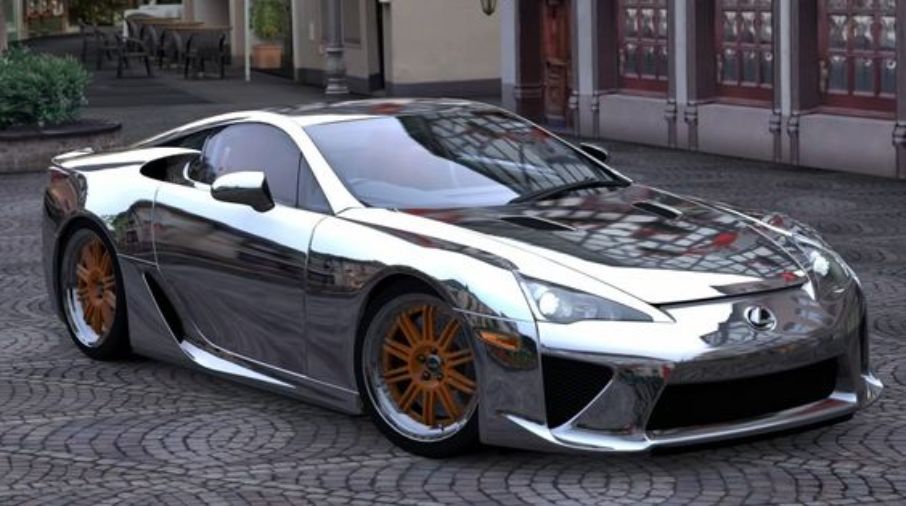
Below we will list the main paints with personalized and special effects:
Pearlescent paint
The great advantage of pearlescent paint is that it creates an effect of shine and depth through the use of special pigments – usually based on mica or other minerals that reflect and refract light in complex ways – which makes the color of the vehicle appear to change or intensify, depending on the viewing angle and lighting.
Furthermore, pearlescent paint is typically applied in multiple layers, with a base coat that can be a solid or metallic color, followed by layers containing pearlescent pigments. This entire process creates a sense of depth, as the pigment layers interact with the base coat in ways that add visual complexity to the finish.
Matte paint
Matte paint's main characteristic is the absence of shine, which gives the vehicle a more discreet and modern appearance, contrasting with the more common glossy finishes.
Additionally, the surface painted with matte paint generally has a smoother texture to the touch and lacks the reflection and depth of glossy paints, which can accentuate the vehicle's lines and shapes, enhancing its design in an elegant way.
Matte paint is also used to create a minimalist and sophisticated look and can be applied to vehicles of various styles, from sports cars to luxury sedans, offering a unique and standout appearance.
Chrome paint
Applying chrome paint is a more complex process compared to traditional paints, as this process involves several steps that ensure the finish is mirror-like and highly reflective, simulating the effect of chromed metal.
And this effect is the main attraction of chrome paint. Created by the ability of the metallic chrome pigments found in the paint to reflect light in a manner similar to polished metal, when applied correctly, the chrome finish is highly reflective, similar to the surface of a mirror.
In this way, this effect not only makes the vehicle stand out, but also provides a sense of depth and richness of finish, making the vehicle visually attractive in its striking aesthetics.
How to choose the ideal special paint
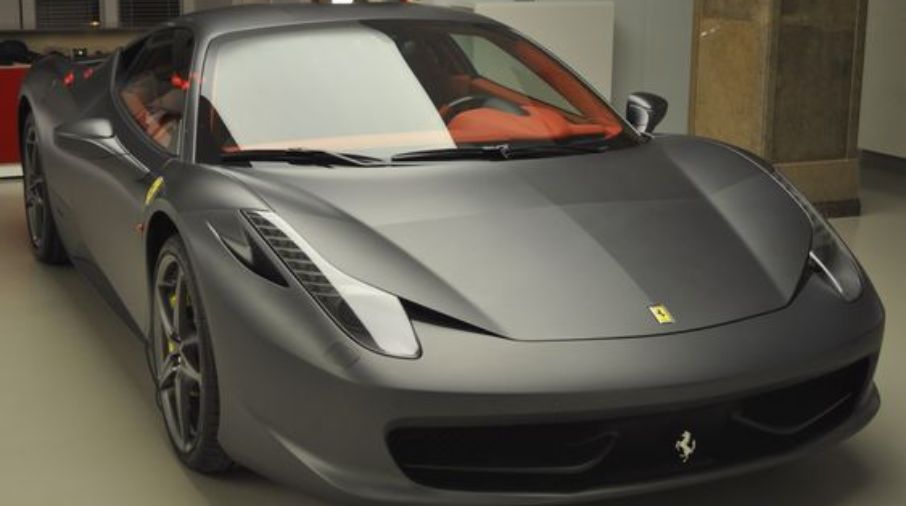
The choice of color and type of paint plays a crucial role in the appearance and visual impact of a vehicle, as these elements can drastically alter the perception of the design, style and even the perceived value of the car.
Influence of color
Dark colors tend to give the impression of a smaller, more compact vehicle, and can also accentuate the car's lines and curves, creating a more elegant and sophisticated appearance. Light colors, on the other hand, visually enlarge the vehicle, making them popular on SUVs and larger vehicles, as they soften their robust appearance. Conversely, vibrant, brighter colors draw attention and make the vehicle stand out, which is why they are often used on sports cars or other vehicles seeking a more dynamic look.
Psychologically, neutral colors are associated with elegance, luxury, and modernity, making them safe choices that maintain the vehicle's value. Bold colors, on the other hand, convey energy, enthusiasm, and sportiness, often associated with high-performance or customized vehicles. Finally, special colors, with pearlescent and metallic tones, can create a unique and personalized appearance, further enhancing the vehicle's appeal.
Influence of paint type
Metallic paint offers additional shine due to the presence of metallic particles in its composition, which enhances the contour and shape of the vehicle, giving it a more refined and dynamic appearance, making these paints popular for their aesthetic appearance and durability.
Pearlescent paints create an effect of depth and color change – depending on the viewing angle and lighting – which makes this paint attractive for its sophistication and exclusivity, ideal for luxury or customized vehicles.
On the other hand, matte paints provide a shine-free finish, which transforms the aesthetic into something more discreet, sober and elegant, ideal for those seeking a distinctive look.
Finally, chrome paint creates a mirrored, highly reflective effect, giving the vehicle a futuristic and striking appearance, ideal for customized vehicles where a striking look is desired.
Maintenance and care
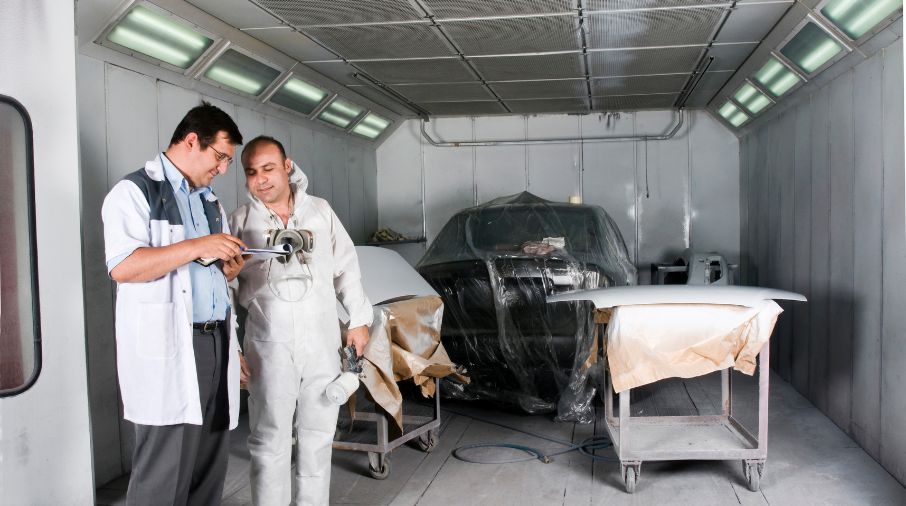
Keeping a vehicle's special paintwork in good condition requires specific care to preserve its appearance and durability. For example, use pH-neutral automotive shampoos specifically for special paintwork, and avoid household detergents, as they can remove the protectants and damage the paintwork.
Another tip is to wash your vehicle with microfiber cloths and sponges, which are softer and prevent scratches. And avoid automatic car washes, especially those with brushes, as they can cause micro-scratches and damage the vehicle's special finish.
Dry your car immediately after washing with a soft towel, as water spots can be more visible and, if left unattended, can damage the surface over time. Another tip is to wash your car in the shade to prevent the sun from drying the water on the paint, which can cause stains.
Immediately remove dirt—such as bird droppings, tree sap, or insects—as these contaminants are acidic and can corrode the paint if not removed quickly. Whenever possible, park your car in a garage or use a protective cover to protect it from dust, pollution, and weather elements that can damage the paint.
Recommendations for the use of waxes and sealants
To ensure the protection and shine of your special paint job, the use of high-quality waxes and sealants is essential. These products create a protective layer over the paint, helping to prevent damage and keeping it in top condition.
Carnauba wax is ideal for glossy and pearlescent paints, offering a deep shine and long-lasting protection, enhancing color and creating a barrier against contaminants.
Synthetic wax offers greater durability than carnauba wax, being more resistant to heat and water, making it an excellent option for those looking for long-lasting protection, especially in extreme climates.
In the case of polymeric sealants, they create a more durable protective layer than traditional waxes, lasting up to 6 months or more, and are ideal for metallic and matte paints, where additional protection is needed without compromising the finish.
In contrast, ceramic sealants provide advanced, long-lasting protection, often lasting up to two years. These sealants are excellent for any type of specialty paint, providing a hard, durable layer that protects against scratches, UV rays, and contaminants.
Apply waxes every 2–3 months and sealants every 6–12 months, depending on the type of product and the vehicle's operating conditions. Follow the manufacturer's instructions to apply waxes and sealants evenly and avoid staining or buildup. Apply in small areas using a foam applicator and buff with a microfiber cloth. Specific detailing sprays can be used for maintenance between wax or sealant applications, ensuring the paint remains protected and shiny.
THE Everything to Paint has a special and complete line of equipment for cleaning and preparing your painting project, discover the automotive painting line and ensure the best quality in products for professional painting.
Did you like this post? Share it with your friends or on social media. For more tips on painting and its equipment, visit our blog, always with exclusive content.
